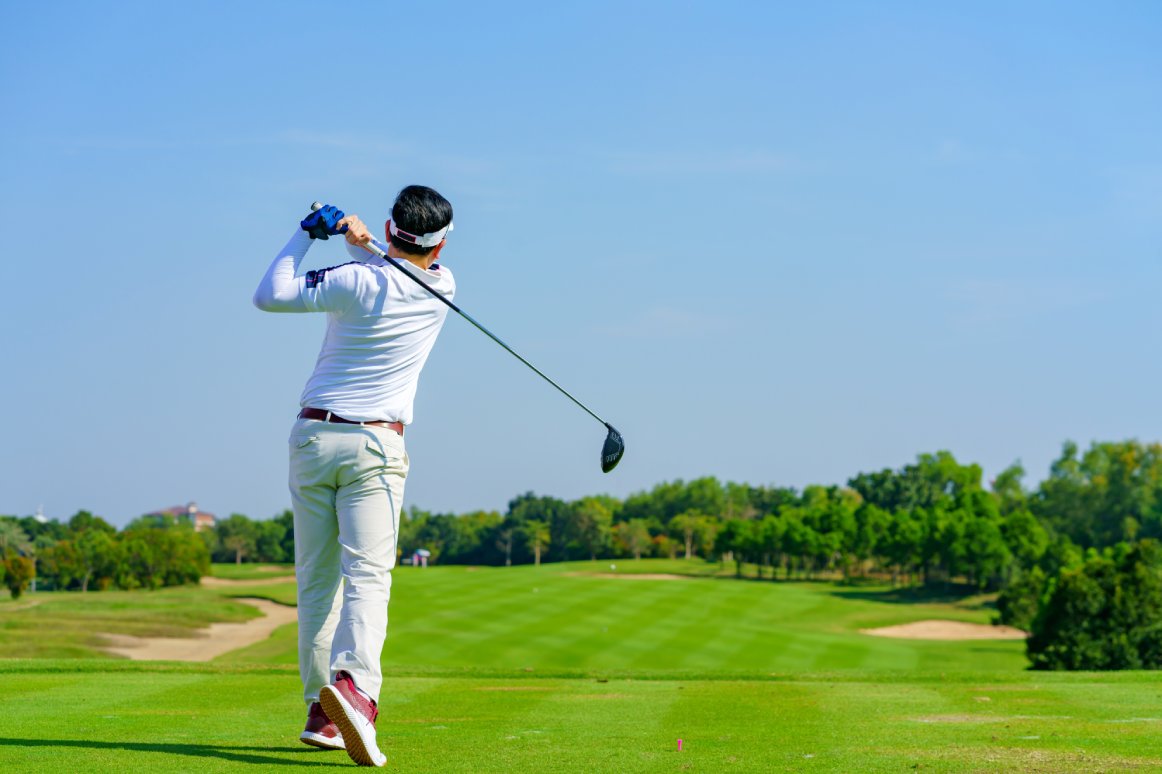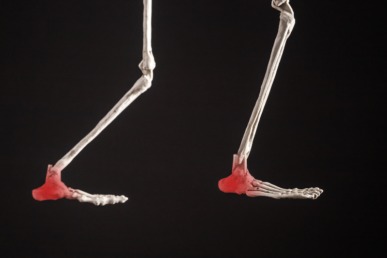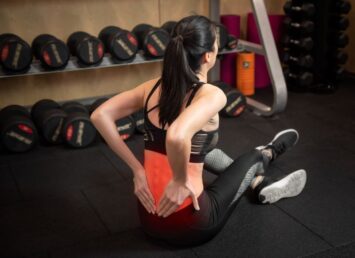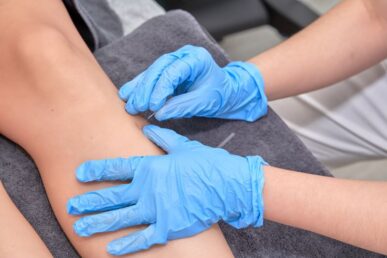A highly focused revision right before the exam and a treat right after the paper always boosts our academic performance, doesn’t it? Well, the same applies to sports!
Whether you are a golfer or tennis player, your main aim might always be to get right into your game or practice session. But can we write well in our exam if we do not revise the answers one last time? It’s exactly what happens if we ignore a good warm-up session and jump straight to the game.
But hold on! What are warm-up and cool-down exercises?
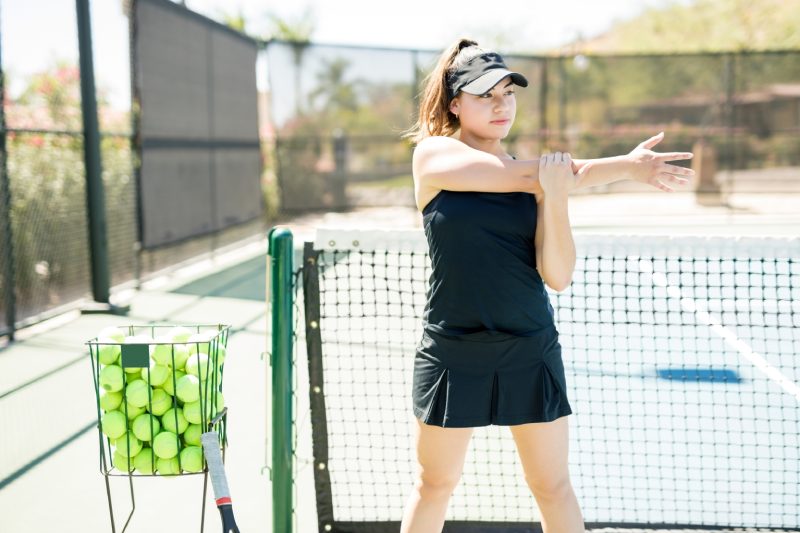
Warm-up exercises prepare your body for the workout or activity ahead by increasing your heart rate, blood flow, and muscle mobility. This, in turn, helps to reduce the risk of injury and improves performance. Some warm-up exercises include jogging, jumping jacks, dynamic stretching, and light cardio.
A proper warm up for golf players could include dynamic stretches, such as shoulder rotations, hip rotations, torso twists, and light jogging or jumping jacks. In contrast, a warm up for tennis players may include exercises such as high knees, lunges, and arm circles to prepare their bodies for the repetitive motions of hitting the ball.
On the other hand, cool down exercises are performed at the end of a workout or any sport and are designed to bring your muscles back to their state of rest gradually. They act as a catalyst to prevent dizziness or fainting, reduce muscle soreness, and promote recovery. Some examples of cool-down exercises include static stretching, gentle yoga poses, and so on.
A proper cool down for golf players could include static stretches, such as hamstring and quad stretches, as well as light walking and jogging. Whereas, a cool down for tennis players may include exercises such as calf stretches and shoulder stretches.
Importance of warming up and cooling down exercises
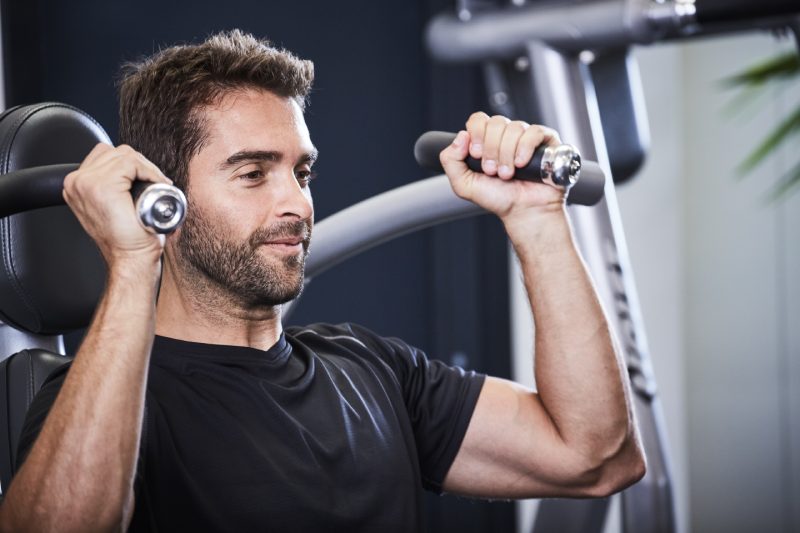
Warming up and cooling down exercises are equally important to help prevent injury and promote overall fitness and health.
Ignoring the importance of warming up and cooling down can lead to a higher risk of injury and decreased performance on the court. Taking just a few minutes before and after your game or practice session to properly prepare and recover can significantly improve your overall performance and well-being.
Additionally, warming up and cooling down can help prepare you mentally for your game or practice session. It gives you a chance to focus on your breathing and mentally prepare yourself for the upcoming physical demands of the sport. It also helps you to relax and clear your mind after playing or practicing.
Warm up and cool down for golf players
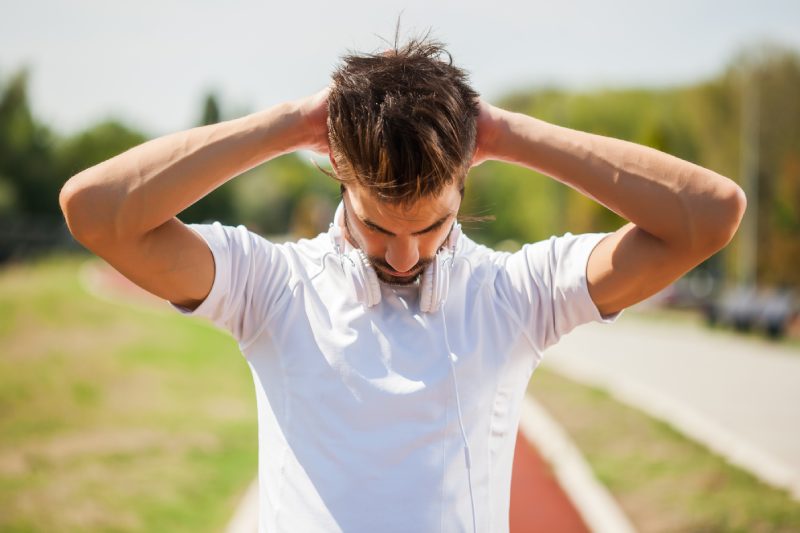
Golf is more than just hitting a little ball with a club. To drive that ball across the lush green lawn and towards the smallest, most inconspicuous mark requires great strength and athleticism. You must be strong, flexible, and well-balanced to face the rigors of the underrated sport.
80% of golfers get back pain considering both the swings they do during a round, including all the practice swings. A lot of one-directional redundancy initiates chronic back pain in these players.
Warm-up tips for golf players
- For a few minutes, walk briskly until your heart rate is elevated.
- You may loosen up your neck and upper back by bringing your chin to your chest and slowly rotating your head in half-circles.
- Do some shoulder stretching. Hold a golf club parallel to the ground while maintaining a shoulder-width distance between your hands. Lift the club slowly above your head, keep it there momentarily, and lower it.
- Bend to the sides to warm up your torso. To support the weight of your torso, slide a hand down your leg.
Cool down tips for golf players
- Simply perform each warm-up activity backward.
- Use a supportive carry brace or a golf cart to move your equipment if you carry clubs.
- Improve your muscle strength, flexibility, and endurance by engaging in a regular strength and fitness program that involves weight training or aerobic exercises like walking or jogging.
- Build up your abs to support your lower back. According to a Canadian study, golfers with strong side abdominal muscles, often known as obliques, experience less back pain.
If you want to strengthen your technique to reduce the risk of injury and enhance performance, consider taking lessons from a certified instructor.
Warm up and cool down for tennis players

Stretching before practice or a match is crucial for tennis players who are constantly on their feet. We advise incorporating these five dynamic warm-up exercises into your program to give yourself a wide stretch and a full-body warm-up.
Tennis warm-up activities
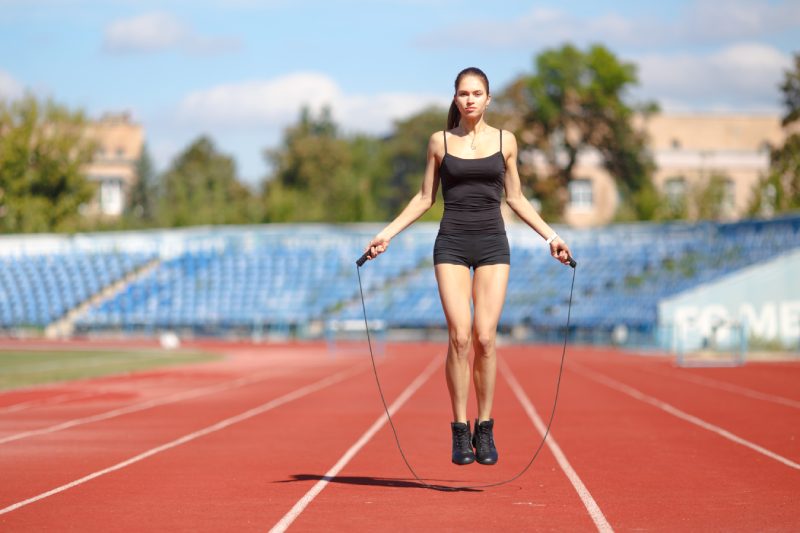
Physically preparing for a match with a warm-up program can help you avoid tennis injuries. The following six exercises might be included in your next warm-up routine:
- Jumping rope
During warm-up exercises, jump rope for a few minutes to improve your speed, agility, balance, and coordination. If you don’t have a jump rope, you can still incorporate cardio and shoulder mobility into your warm-up routine by jogging while doing arm circles.
- Jumping jacks
This exercise can help you increase endurance while raising your heart rate and getting ready for the various tennis movements you make. Begin by doing two sets of 25.
- Shadowing
Try to imitate your typical tennis-related actions and motions for three to five minutes. Practice overheads, volleys, forehands, backhands, and serve motions to mentally and physically prepare for the match.
- Knee raises
Tennis calls for intense whole-body movement. Place yourself in a standing position and elevate your knees to your hips. Three sets of knee lifts lasting between 15 and 30 seconds each should be done.
- Butt kicks
Knees, glutes, quadriceps, calf muscles, and hamstrings are all worked out during butt kicks, a jump-training activity. Lift your left heel towards your glutes while you are standing still. When you are back upright, elevate your right heel similarly. Three sets of butt kicks should be done for 15–30 seconds each.
Tennis cool-down exercises
The recovery period after a demanding physical activity is commonly called a “cool down.” It’s crucial to allow your body to gradually reduce stress instead of abruptly stopping the stressor. During tennis, the body continuously works to meet every shot’s demands and adapt to the environment.
When the match or practice session ends, the body attempts to return to its normal state, resulting in an instant shock as it is no longer under constant stress. This shock causes the body to decrease adrenaline and tighten up, leading to adverse events like joint stiffness, muscular tightness, cramping, or sensations of lightheadedness/dizziness. Additionally, your extremities may experience excessive coldness as blood rushes back to vital organs.
- Staying nourished, keeping moving, and stretching your muscles and joints after playing are essential to prevent these issues. Remember N.M.S. – Nutrition, Movement, Stretch.
- For nutrition, replenish lost electrolytes with a sports drink right after playing, followed by a meal containing healthy carbohydrates and lean protein within two hours to repair damaged muscles and replenish energy. Hydrate by drinking about 24 ounces of water for every pound lost while playing within two hours.
- For movement, keep moving after playing to prevent muscle and joint stiffness. Gradually decrease the movement during your cool down to ease your body back to normal. Consider going for a short walk, jogging comfortably, or using a stationary bike with minimal resistance to increase circulation and decrease soreness.
- For stretching, stretch your muscles and joints for at least 30 seconds each, three times. Incorporate quadriceps, hamstring, butterfly, calf, knees to chest, child’s pose, pec stretch, bear hug, wrist/forearm stretches, and foam rolling. Focus on slow, deep breathing to achieve a deeper stretch.
- Your cool-down routine should take about 20-30 minutes, replenishing lost electrolytes, light movement, stretching, and hydration. Afterward, enjoy a nutrient-filled meal to aid in the recovery process.
Final Thoughts
Taking the time to properly warm up and cool down is essential for golfers and tennis players. It helps to reduce the risk of injury, improve performance, and mentally prepare you for your game or practice session. Don’t skip these important steps; you’ll see the benefits in your overall performance and well-being on the course or court.
In addition to performing the right exercises, chiropractic sports medicine also help you improve your performance. To learn more, contact a sports chiropractor in Austin today.

